Sleeping On A Firm Or Hard Surface: Benefits and Techniques
For Sweet Dreams on a Hard Surface Part One Click Here.
I believe the reason mattresses have become ubiquitus is mainly due to these reasons:
1–The perceived comfort is an adaptive response. The body becomes ‘front-loaded’ due to facters such as chair sitting and mattresses. When the body stretches and lengthens on a firm surface, those tight muscles and ligaments are stretched and noticed, causing discomfort.
2–The psychosomatic aspect of a mattress: It looks thick and plush, therefore it MUST be comfortable.
3–Since mattresses have been around for so long, no-one even questions their usefulness. Therefore no studies are performed.
4–The propaganda of a century of advertising.
Sleeping on a Firm or Hard Surface Benefits and Techniques.
Relaxation response and deeper sleeping created by synergy of all these factors.
1–Alignment (natural kickback mechanism of breathing action against sleep surface which re-aligns the body as you sleep)
2–Increased Breathing Capacity and Oxygenation of Blood
3–Increased circulation.
Three techniques for adapting the Firm Sleeping Lifestyle:
1–Bodywork Remediation
2–Body awareness and ability to relax all muscles evenly against the surface so no pressure points are felt.
3–Propping and positioning the body in ways unique to this kind of surface.
After a lifetime of mattress use you are probably going to feel uncomfortable when you first start sleeping on a firm or hard surface. And what is meant by a ‘hard’ surface?
I have personally tested various beds, futons, and natural surfaces over several decades and have come to the conclusion that what mattress manufacturers call ‘firm’ or ‘hard’ does not even come close to the traditional Japanese futon. What describes this quality best is a thick quilt on a floor or board. That bit of padding (about one to two inches of compressed padding) won’t let the hips sink in to mis-align the spine, yet it buffers the body somewhat. From my own experimenting and interviewing people, I have come to the conclusion that this amount of firmness is what works for most Americans who are changing their lifestyle and sleeping habits.
You will need to experiment for yourself to see what works. You can start with napping and later try sleeping this way. It may take more than one night to get used to it. You can gradually go to a harder surface and compare the results. The interesting thing I have found upon informally interviewing people who have tried sleeping on firm surfaces is that they complain about it being hard and less comfortable, and yet they sleep very well and feel refreshed upon awakening.
You can sleep on a ‘platform bed’ or the floor. A ‘platform bed” is a simple raised surface where your mat goes, but does not have a true mattress. The platform bed is best for those who don’t want to get down to the floor level. It’s disadvantage is it can’t be put away during the day.
The Japanese use a tatami mat under the futon. This provides ventilation underneath which helps regulate body temperature as well as keep the futon from becoming damp with the body’s persperation. It also keeps the futon, blanets, and pillows off the floor which might be dirty and drafty. This is a great invention, but is expensive and doesn’t always fit in with a person’s interior design. A simple tatami mat imitation can be easily handmade from lumber. All that is needed is a slatted surface raised a few inches off the floor. Or the platform bed can serve as a tatami mat if it has a slatted surface.
People with health issues such as arthritis, scoliosis, rheumatism, or weak capillaries will need to use common sense and not go to as hard a surface as healthier individuals.
What you are aiming for is a ‘spine-neutral’ position. Neutral spine is the natural position of the spine when all 3 curves of the spine — cervical (neck), thoracic (middle) and lumbar (lower) — are present and in good alignment.
The type of comfort one feels on a hard surface is more of an acquired taste. It is similar to the difference between Wonder Bread and old fashioned sourdough bread. One is soft and empty, one is solid and wholesome. You will feel your hips and shoulders rubbing against the surface and you won’t sink in as before. Unfamiliarity is not comfortable. It is comforting in the way it helps you breathe more fully, the way it grounds your body, the way it reassures you that there is something solid somewhere in life that you can always count on. At first you may feel like it’s impossible to relax, because it contradicts all your ideas about relaxation. You are feeling your life energy, the place your body comes up against the earth. You will know where you are out of alignment. Give it some time. Common sense and a spirit of adventure go a long way.
Sleeping in this way resembles restorative yoga, and props can be used in much the same way. The goal is to position the body so it is relaxed and comfortable. There are several supports, bolsters, and pillows which can be propped in any number of ways depending on individual needs. For instance, for lower back pain, place a small support under the lower back (when lying on your back). A rolled up sock will work, but a flax seed eye pillow is the ultimate size and shapes just the right amount. Or alternatively, place a bolster behind the knees. When side sleeping, hug a large pillow and put a pillow between your knees–or use a body pillow. Also, make sure your head pillow is tall enough. It should be about 5 inches (for most people) when compressed–your head should not be pushed up or down but paralell with the bed.
Unlock the Benefits of Firm-Surface Sleep
Discover the overlooked advantages of sleeping on a firm surface. Ditch the plush mattress myths and tap into age-old wisdom for better sleep quality. With our guide, learn the science, techniques, and transformative benefits of the firm sleeping lifestyle. Ready to revolutionize your sleep? Dive in and experience the difference.
-
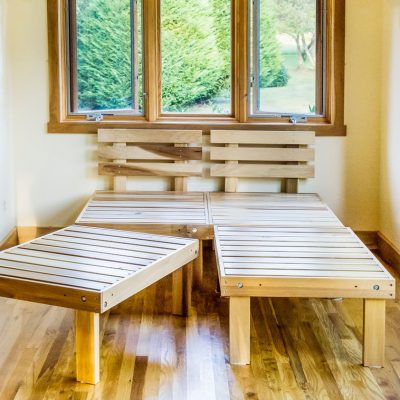
Eco Friendly Modular Platform Bedframe
$405.00 – $1,620.00 -
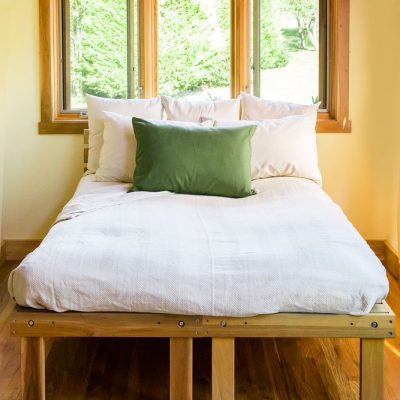
Organic Futon
$530.00 – $1,059.00 -
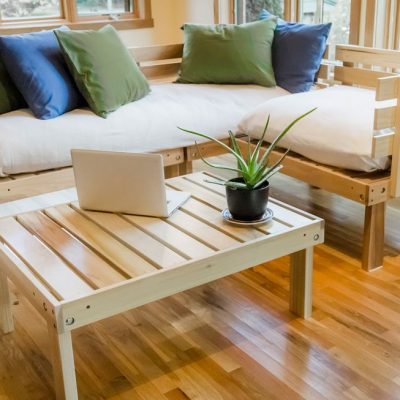
Eco Square™ (Coffee Table)
$405.00 -
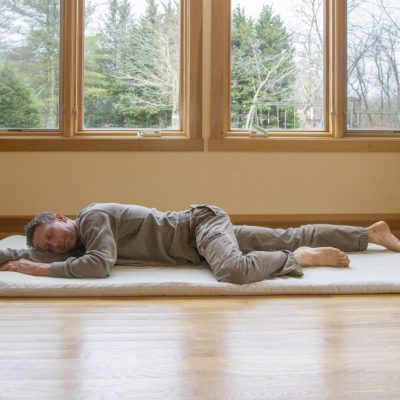
Paleo Pad™
$378.00 -
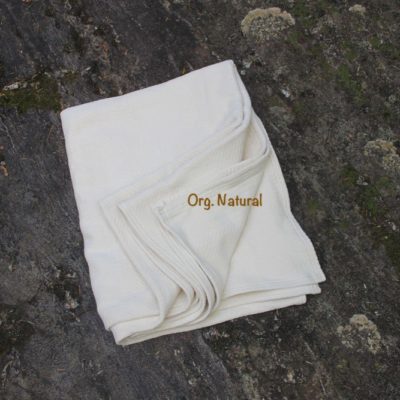
Organic Cotton Blanket
$82.00 – $215.00 -
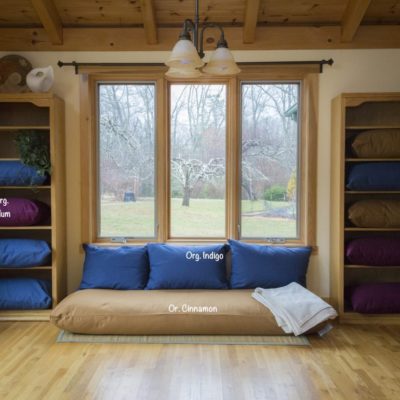
Removable Cover for Futon or Paleo Pad™
$184.00 -
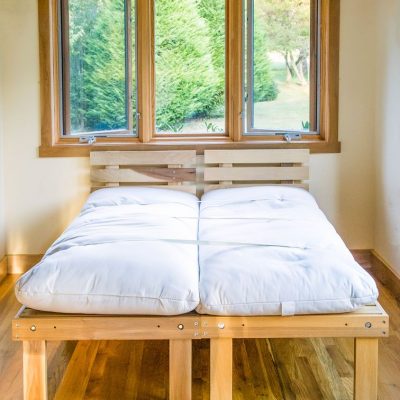
Back/Side Rails for Eco Square™
$174.00 – $180.00 -
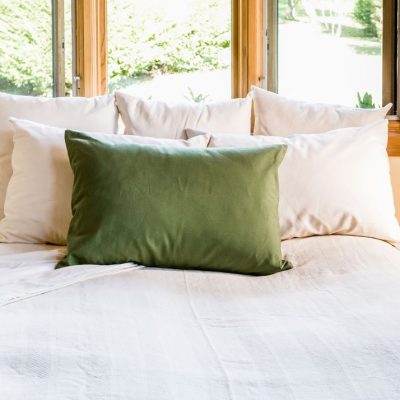
Organic Kapok Pillows (American Style)
$60.00 – $140.00 -
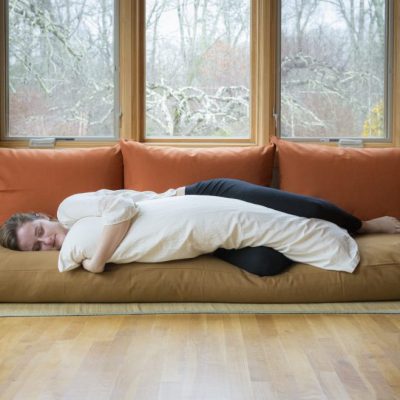
Kapok Body Pillow
$134.00 -
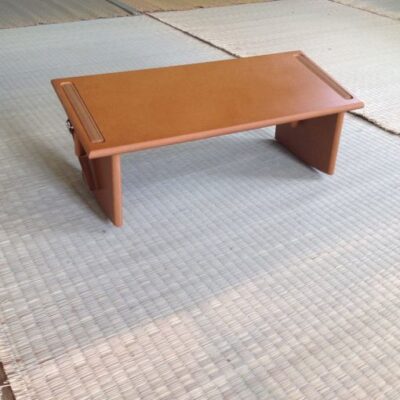
Peace Bench™
$132.00 -
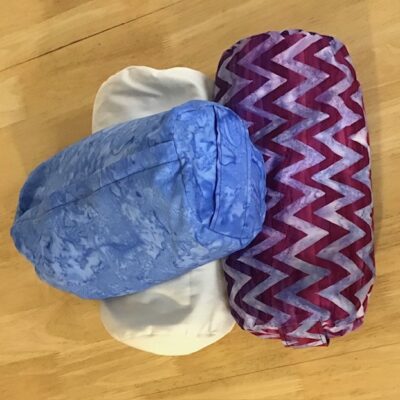
Buckwheat Pillow (Japanese Style)
$58.00 – $82.00 -
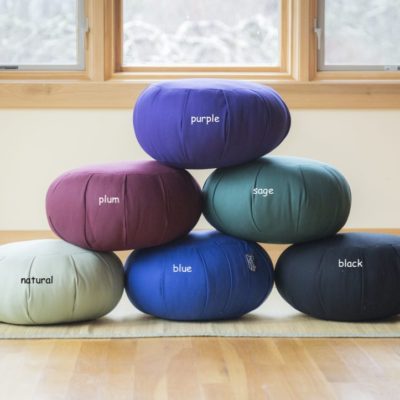
Zafu Meditation Cushions
$70.00 – $81.00
